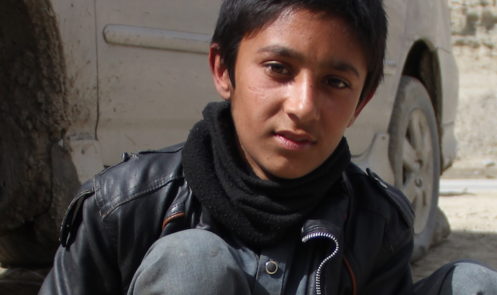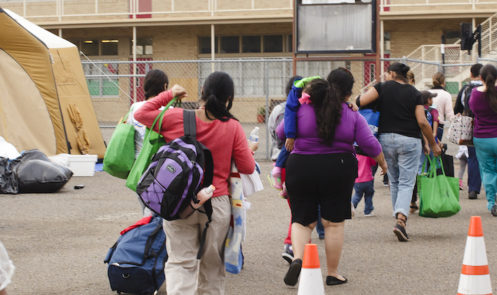Child Protection
Every five minutes a child dies as a result of violence.
We work to prevent all forms of violence, abuse and neglect towards children. We help make and keep children safe, whether they are refugees, migrants, live in institutions or other forms of alternative care, are exploited, even within their own communities and homes.
We prioritize the identification, prevention and response of sexual and gender-based violence (SGBV). [OL1] Common forms of SGBV in our programming contexts include: sexual and general violence/abuse/harassment; intimate partner violence; deprivation of resources; trafficking in persons/slavery/sexual exploitation; harmful practices such as Female Genital Mutilation/Cutting (FGM/C); and psychological violence.
Girls and boys in every country of the world face abuse, neglect, exploitation and violence. To protect children, we work with governments, international organizations, and local community partners to implement progressive laws and policies, change detrimental social and cultural practices, and improve the capacity of communities to protect children.
An important part of our child protection work is the participation and leadership of the children themselves. We actively support child clubs and other child-led activities that empower and educate children to keep themselves safe and defend their rights.
Our vision of protection is the fulfilment of every child’s equal right to be safe from harm (violence, abuse, exploitation, and neglect) allowing them to survive and thrive, and to have opportunities to learn, participate, play, and develop into empowered citizens. In this vision child protection is situated on a continuum – moving from the minimum goal of protection from harm (addressing critical vulnerabilities) towards the full participation of children as engaged political, social and economic actors, and young leaders (maximizing a child’s potentialities). Education plays an important role in this continuum in helping children develop, engage meaningfully, build resilience, and reach their potential. Participation is both a goal and means for protection; through increased participation, children build their capacities for self-protection and resilience.
Finally, based on the understanding that gender equality [SH2] is a basic right for all people, including girls and boys, we believe that it is critical to directly address gender discrimination and promote gender equality in order to ensure that no harm comes to children, and to advance our vision for a world where every child attains their equal right to survival, protection, development, and participation.
What we do to protect Children
- Listen to and work with boys and girls to improve their lives and safety
- Work with schools to make them safe and free of violence[OL3]
- Protect children during emergencies
- Operate Child Friendly Spaces where boys and girls can socialize, play and receive psychosocial support to help them cope during emergencies
- Reunify separated and unaccompanied children with their families in emergencies
- Provide training to social workers to enable them to provide supportive care to families and children, including through quality case management
- Advocate for more effective national protection policies and child welfare reform within strengthened child protection systems
- Develop public awareness campaigns to stop child abuse and exploitation
- Address social norms that perpetuate violence against children by engaging through constructive dialogue with boys and girls, parents and community leaders
- Work with parents and caregivers to enhanced their ability to apply positive discipline at home
Explore Our Child Protection Areas of Work

Child Labour
Economic exploitation and hazardous work are key violations of children’s rights. We use a holistic, child-centred approach that focuses on child protection, economic strengthening, health, and education to protect children from harmful and exploitative work

Children on the Move
We’re protecting children on the move in Latin America by providing education, protection and peace-building programs. We’re also empowering vulnerable families and communities to build resilience, improve food security and so much more to ensure that no child goes hungry


